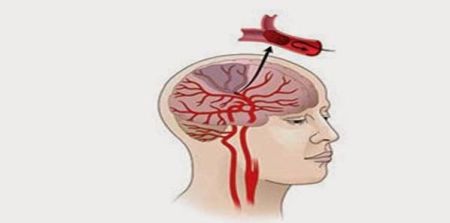According to research presented at the American Stroke Association's International Stroke Conference 2015, one in four acute ischemic stroke patients treated with a time-dependent clot-busting drug were transferred from an emergency department or smaller hospital to a certified stroke centre. The study is to be published in the journal Stroke.
Despite the fact that intravenous tissue-plasminogen activator (tPA) is the only FDA-approved treatment for acute ischemic stroke, rates of its administration are low. If administered within three hours of the start of a stroke, tPA can significantly improve a patient's chance of recovery.
Kevin N. Sheth, M.D., lead study author and Chief of Neurocritical Care and Emergency Neurology Division at Yale School of Medicine in New Haven, CT says, "We have to understand geographic and community variation in usage of inter-hospital transfer of tPA patients, and why some communities may use it more than other communities. Ultimately, the goal is to have any patient that presents to their initial hospital anywhere in the country be able to receive tPA."
During this study, the researchers analysed the data on 44,667 ischemic stroke patients at 1440 hospitals between 2003 and 2010. All patients had received tPA in less than three hours. The researchers compared patients who arrived at the hospital, received tPA and were later admitted to patients who received tPA at the arriving hospital and were then transferred to a stroke centre.
They found that those transferred to a stroke care facility were more likely to be younger, male and white. Transfers were more common in the Midwest and were more likely to be larger or academic medical centres.
Stroke is the fifth leading cause of death in the US and occurs in 795,000 Americans every year. The study highlights the need to act immediately since when it comes to stroke, time is brain and every hour counts. That is why it is important to move a stroke patient to a facility equipped with stroke experts and proper equipment and treatment.
Inter-hospital transfer can help boost the timely use of tPA and can potentially save lives. The American Heart Association's Get With the Guidelines in-hospital stroke treatment program also promotes compliance with the latest scientific treatment protocols which includes the rapid administration of tPA.
Dr. Sheth was surprised to find that intracranial haemorrhage was higher among transferred stroke patients and he feels it warrants further study. Also, why some geographic regions transfer stroke patients more than others and how the transfer approach can facilitate the use of tPA also needs further study.
Source: American Heart Association
Image Credit: Wikimedia Commons























